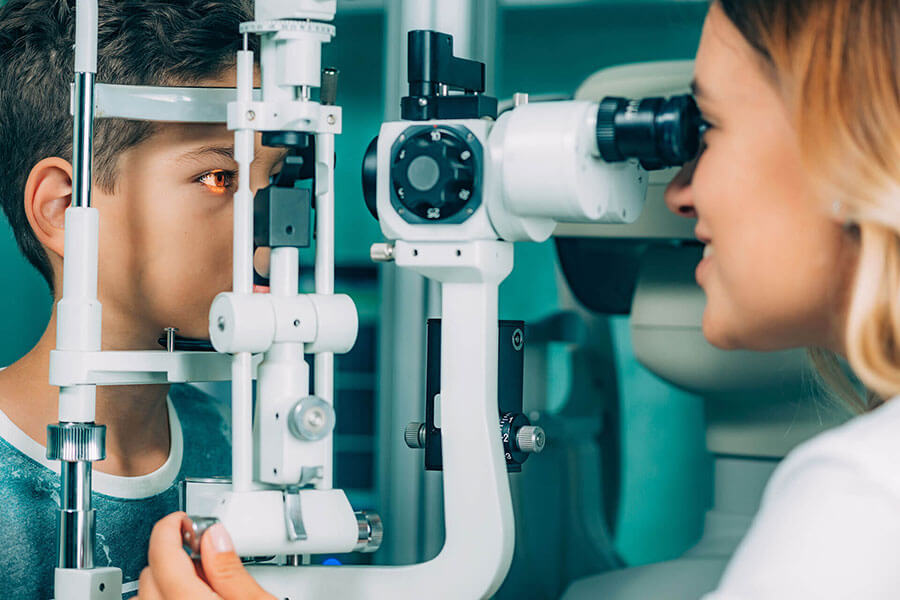Treating diabetic retinopathy Treating diabetic retinopathy is a critical aspect of preserving vision and maintaining the overall quality of life for patients suffering from diabetes. Diabetic retinopathy is a common complication of diabetes that affects the blood vessels in the retina – the light-sensitive tissue at the back of the eye. According to the National […]
- Home
- About Us
- Vision Therapy
- Low Vision
- Neuro-Rehab
- Sports Vision
- Medical and Routine Eyecare
- Medical Eyecare
- Eye Exams
- Contact Lenses
- What is Myopia Management?
- Contact

















